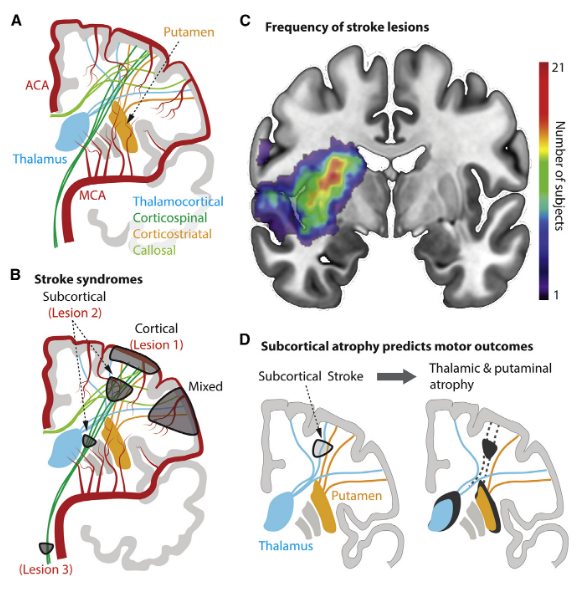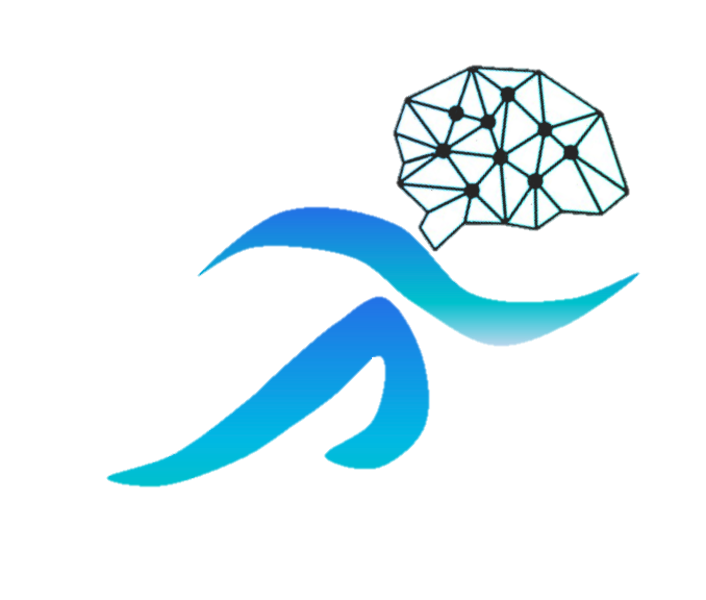Congratulations on LTNr’s new publication in Neuron with collaborators at UCSF entitled, “Modulation of neural co-firing to enhance network transmission and improve motor function after stroke”, which provides neurophysiologic, neuroanatomic, and translational perspectives on application of neurotechnology to improve recovery after stroke.
Authors: Karunesh Ganguly, Preeya Khanna, Robert J. Morecraft, David J. Lin
Abstract: Stroke is a leading cause of disability. While neurotechnology has shown promise for improving upper limb recovery after stroke, efficacy in clinical trials has been variable. Our central thesis is that to improve clinical translation, we need to develop a common neurophysiological framework for understanding how neurotechnology alters network activity. Our perspective discusses principles for how motor networks, both healthy and those recovering from stroke, subserve reach-to-grasp movements. We focus on neural processing at the resolution of single movements, the timescale at which neurotechnologies are applied, and discuss how this activity might drive long-term plasticity. We propose that future studies should focus on cross-area communication and bridging our understanding of timescales ranging from single trials within a session to across multiple sessions. We hope that this perspective establishes a combined path forward for preclinical and clinical research with the goal of more robust clinical translation of neurotechnology.
Click here to read the full paper

